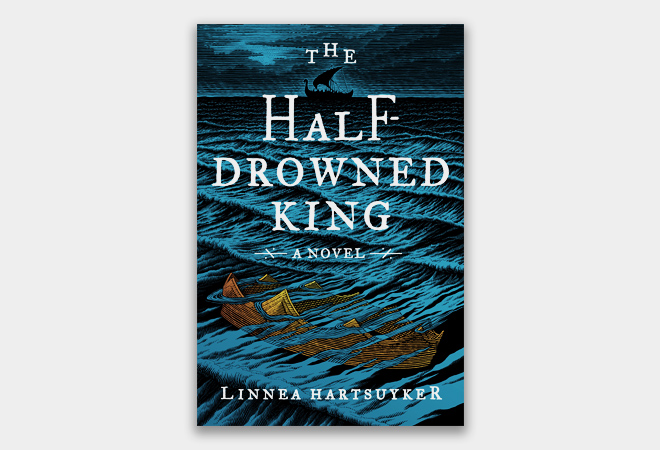
Linnea: I think it is being patient with myself, and being comfortable with uncertainty. TQ: What is the most challenging thing for you about writing?


By that time point there is so much I want to change that I usually go back to the beginning and start rewriting, and writing new material until I get to the end. With all three books, I’ve found that after writing about 70% of the rough draft, I need to do a full re-outline to make sure all the plot threads connect. I write until I get stuck, and then go back to the outline, or re-outline from scratch to figure out new and dramatic ways to get the characters where they need to be. I start by making a very rough, high level outline that includes those events, and how I think I’m going to get the characters there. The Half-Drowned King and its sequels are based in history and myth, so there are certain events I know need to be part of the plot. Linnea: I’m more of a plotter, but definitely a hybrid-plans can and do change, and often I outline as much to figure out where I am as where I’m going. TQ: Are you a plotter, a pantser or a hybrid? I began writing more and more seriously and eventually took up the project what would become The Half-Drowned King. A few years after graduating, I wasn’t finding creative fulfillment from the opportunities that my engineering degree gave me, and I starting writing again in my spare time. I studied engineering in college, while taking creative writing and literature classes for fun.

But as I got into high school I thought I should concentrate on skills that were likely to get me a good job. I believe the heroine’s name was Laetitia. In middle school I tried to write a gothic romance novel, having never read one. When I was 9, I wrote and bound a little book called “Eleanor and the Great Nail polish Disaster”.


 0 kommentar(er)
0 kommentar(er)
